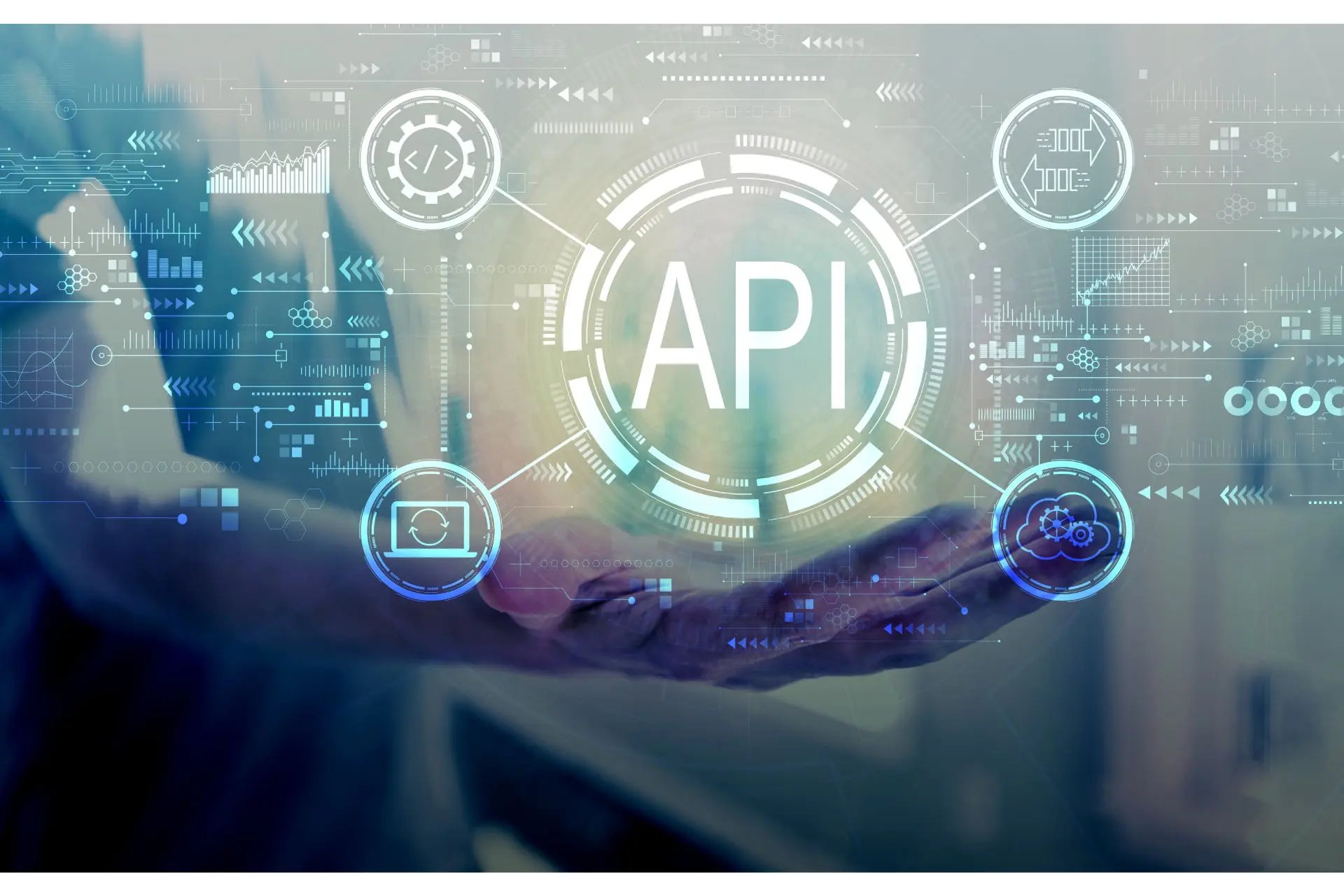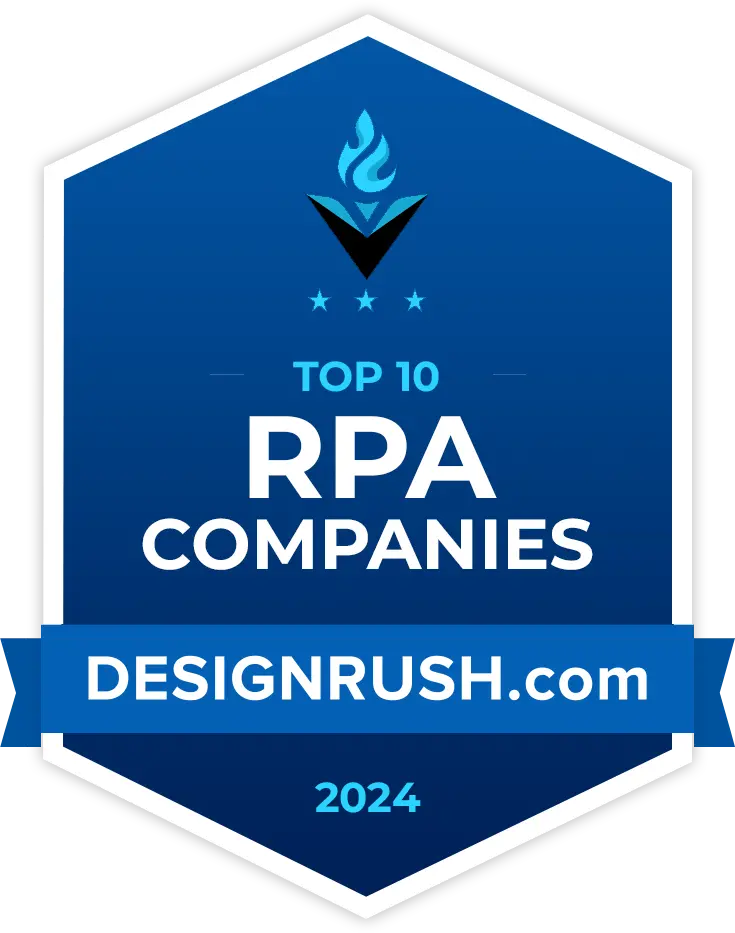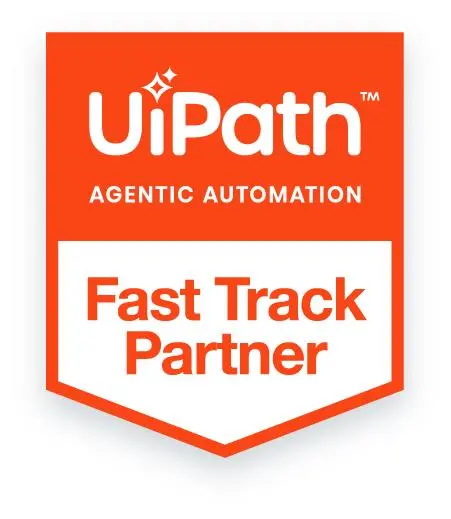
Key Takeaways
- They operate independently to complete tasks, improving efficiency, accuracy, and real-time decision-making across various industries.
- These agents work together with aligned goals, making them ideal for sectors such as healthcare, logistics, and finance, where seamless coordination is crucial.
- Acting independently with individual goals, these agents excel in fast-paced environments such as e-commerce, logistics, and dynamic pricing systems.
- Businesses must assess whether their processes require collaboration, strategic independence, or a combination of both to achieve optimal results.
- From defining goals and objectives to establishing communication and monitoring, every step must be carefully planned to ensure optimal performance, fairness, and adaptability.
Artificial intelligence is everywhere, operating like magic but with algorithms.
Artificial intelligence has been a topic of gossip, especially in the business world. Have you ever wondered why? This is primarily due to its impact on operations, enabling advanced automation techniques. Among these techniques, one that stood apart from others was AI agents. These agents operate under two major paradigms, including cooperative and competitive models. Both of these paradigms serve their purposes. However, it is paramount for companies to select the right one, considering their business requirements.
For businesses that require transparency and consistency, a cooperative framework is the optimal solution, particularly for complex and interdependent workflows. If you are looking to test multiple strategies for optimal results, a competitive framework may be a better choice.
Ultimately, the selection is not a binary choice. Whether you are an established enterprise or a growing one, it is crucial to choose the proper framework for business process automation. That being said, let us first understand how AI agents in BPA operate.
Also read: The Ethics of Autonomous AI Agents, Risks, Challenges, and Tips.
Understanding AI Agents in Business Process Automation
AI agents are revolutionizing business process automation by enabling innovative, fast, and scalable workflows across a wide range of industries. These intelligent systems operate autonomously, eliminating the need for human intervention. By comprehending their environment and performing tasks independently, AI agents empower businesses of all sizes to redefine their operational processes.
AI agents in business process automation serve a plethora of functions. Firstly, they automate tasks that are rule-based and repetitive. Some of these tasks include generating reports, data entry, and invoice processing, enabling employees to focus on tasks of utmost importance. Apart from this, AI agents can also interact with humans and other AI systems or agents. This allows seamless partnership with complex enterprise ecosystems. With the help of natural language processing, AI agents can also communicate through emails, voice commands, and chats. This, in turn, enhances user engagement and service delivery.
Another significant benefit of AI agents is their ability to analyze structured and unstructured data. All of this happens by finding out trends and anomalies. AI agents provide valuable insights that support real-time decision-making. For example, during a customer call, an agent can determine what the user needs and provide an appropriate level of support. Next, AI agents also possess the ability to make a call in the blink of an eye. It considers objective business contexts and predefined rules, then makes a decision that matches company requirements.
Cooperative AI Agents: Collaboration for Efficiency
One question that must be in everyone’s mind is how do cooperative AI agents function? Cooperative AI agents are intelligent machines. These are not just basic machines. Instead, they help firms maximize business process automation by enabling an efficient workflow through a coordinated network of systems. Therefore, cooperative AI agents are very advantageous in intricate settings.
At the heart of cooperative agents is goal alignment. Every single agent is programmed to accomplish a specific goal, whether it is processing claims or handling customer queries. It is because of this alignment that every agent’s actions contribute to business success. To function effectively, cooperative agents typically rely on clear communication. With the help of message queues, APIs, and Agent Communication Languages, they ensure that all necessary information is exchanged. It is this communication that enables AI agents to stay informed about various environments and the activities occurring within them. This way, there is a smooth coordination among them, and any overlap and conflict are also avoided.
Competitive AI Agents: Strategic Autonomy in Complex Environments
Competitive AI agents are autonomous systems designed to pursue individual goals, often in environments where collaboration is impractical or resources are limited. In business process automation, these agents play a crucial role in scenarios requiring strategic prioritization, innovation, and dynamic problem-solving. Unlike cooperative agents, competitive agents may operate with conflicting objectives, creating a space where optimization emerges through rivalry rather than alignment.
A defining trait of competitive agents is their independent goal orientation. Each agent is programmed to maximize its utility—be it performance, accuracy, speed, or cost-effectiveness. This independence enables them to act without needing to synchronize with others, which is ideal in decentralized or rapidly changing environments.
Local perceptions of the environment drive their autonomous decision-making. For instance, in a dynamic pricing system, each agent may adjust prices based on market demand, competitor behavior, or inventory levels, all without central coordination. This ensures responsiveness and real-time adaptability.
Resource allocation becomes a natural ground for competition. Whether agents are vying for processing power, task execution time, or access to shared databases, this competition often leads to more efficient use of limited resources. To manage conflicts, systems implement resolution mechanisms like bidding, negotiation, or arbitration, ensuring fairness and balance despite conflicting objectives.
Strategic Framework for Implementing Cooperative AI Agents in BPA
Implementing cooperative AI agents requires a structured approach aligned with enterprise goals, especially in environments where tasks are interdependent and process continuity is critical. The cooperative paradigm is particularly well-suited for sectors such as healthcare, finance, and logistics, where collaboration among agents enhances efficiency, accuracy, and service quality.
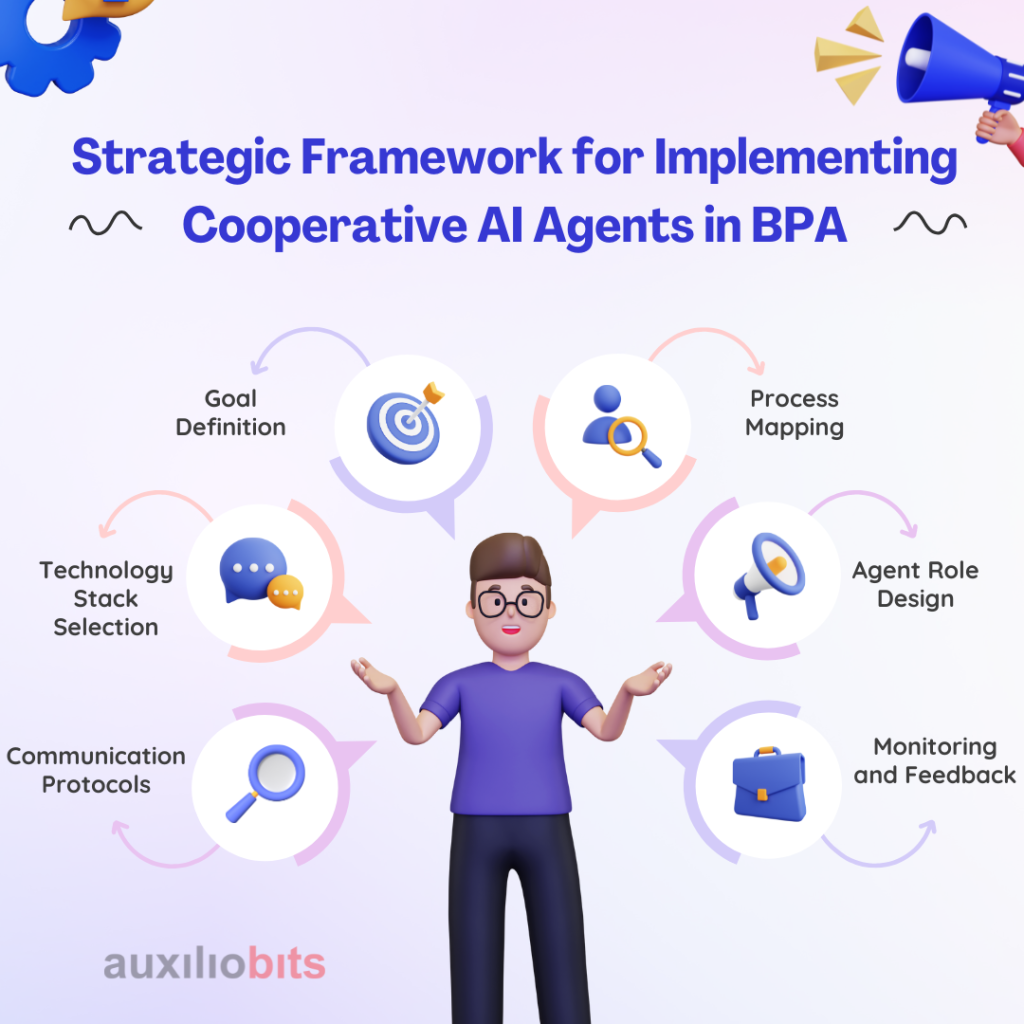
1. Goal Definition:
The foundation of a cooperative agent strategy begins with defining clear, shared objectives. These goals should align with the organization’s broader automation vision, such as improving customer experience, reducing cycle times, or ensuring compliance.
2. Process Mapping:
Identify workflows that involve sequential or parallel interdependent tasks. For example, in a claims processing workflow, data validation, approval, and payout stages rely on smooth transitions, making them ideal for cooperative execution.
3. Technology Stack Selection:
Choose automation platforms that enable orchestration and coordination among agents. Tools like UiPath, Azure AI, and DRUID AI support multi-agent systems with built-in communication and workflow management features.
4. Agent Role Design:
Define each agent’s role with clarity. Assign specific tasks—such as data collection, document classification, or case evaluation—to individual agents based on their capabilities and the overall workflow structure.
5. Communication Protocols:
Implement reliable communication channels using APIs, message queues, or agent communication languages (ACL). This ensures agents can exchange data, status updates, and instructions in real-time.
6. Monitoring and Feedback:
Establish continuous monitoring mechanisms to assess performance, collaboration quality, and identify bottlenecks. Feedback loops help fine-tune agent behavior and improve outcomes over time.
Example: In a healthcare setting, cooperative agents can facilitate the digital patient journey by scheduling appointments, sharing diagnostic results with doctors, generating treatment plans, and coordinating billing. These interconnected tasks require precise handoffs, real-time updates, and unified goals, making the cooperative agent model ideal for delivering seamless, patient-centric experiences.
Strategic Framework for Implementing Competitive AI Agents in BPA
Competitive AI agents thrive in environments where autonomy, strategic prioritization, and resource optimization are essential. Implementing this model requires a structured framework to balance individual agent objectives with overall system performance. This approach is beneficial in logistics, finance, and e-commerce, where multiple agents can independently pursue optimal outcomes while operating under shared constraints.
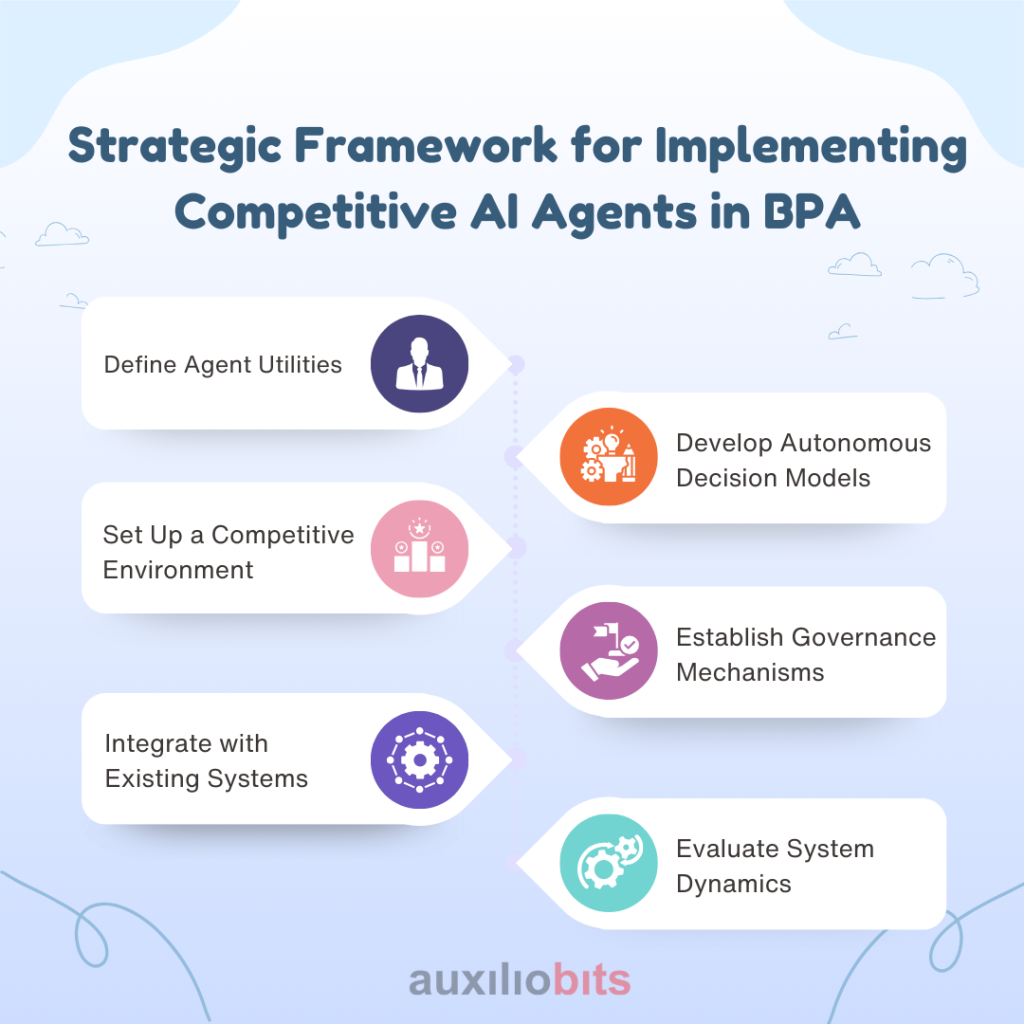
1. Define Agent Utilities:
Start by identifying the individual goals, constraints, and key performance indicators (KPIs) for each agent. Utilities may be based on minimizing cost, maximizing speed, improving customer satisfaction, or reducing environmental impact. Each agent should have a unique objective aligned with business priorities.
2. Develop Autonomous Decision Models:
Equip agents with decision-making capabilities using machine learning, reinforcement learning, or rule-based logic. These models enable agents to independently analyze data, learn from experience, and adjust their strategies over time without requiring central oversight.
3. Set Up a Competitive Environment:
Design a system that allows agents to compete fairly for resources or tasks. Implement mechanisms like bidding systems, auctions, or negotiation protocols to allocate workloads based on agent performance, availability, and utility scores.
4. Establish Governance Mechanisms:
Define interaction rules, ethical boundaries, and conflict resolution strategies. Governance ensures agents act within acceptable parameters, avoiding system instability or resource monopolization.
5. Integrate with Existing Systems:
Ensure seamless integration with enterprise databases, APIs, and automation platforms, allowing agents to access real-time data and operate within the existing infrastructure.
6. Evaluate System Dynamics:
Continuously monitor the ecosystem to assess efficiency, fairness, and overall performance. Adjust models and strategies to maintain balance and prevent unintended consequences, such as bias or resource hoarding.
Example: In a logistics firm, AI agents representing various transportation modes, including air, rail, and road, compete to handle shipments. Each evaluates cost, delivery time, and carbon footprint, autonomously bidding for jobs. This competition ensures optimal delivery choices while balancing speed, sustainability, and expense.
Conclusion
The future of business process automation lies in intelligent, adaptable AI agents capable of collaboration, competition, or both. Cooperative agents enhance efficiency and resilience in synchronized workflows, while competitive agents drive innovation and optimal resource use in dynamic environments. By understanding the strengths of each approach, enterprises can design strategic frameworks tailored to their unique operational needs.



